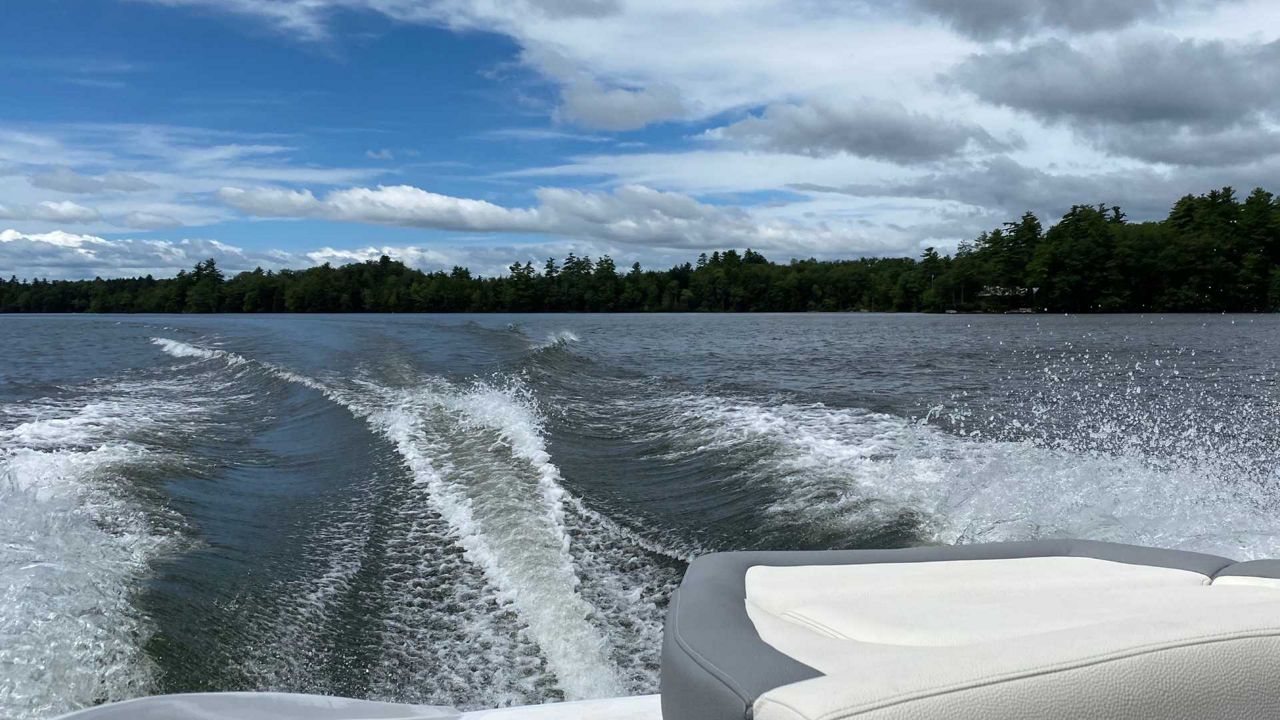A new state law that requires wake surfers to enjoy their hobby farther from shore is intended to protect loons and other birds that nest near the water’s edge.
The law, which took effect Friday, means those using a surfboard, wakeboard or other device behind a boat must be at least 300 feet from shore and in at least 15 feet of water.
Francesca Gundrum, director of advocacy for Maine Audubon, said wake surfing is growing in popularity, but tends to create powerful waves that crash along the shores of Maine’s many lakes and ponds.
She said 85% of vertebrate species use the shoreland zone at some point in their lives. And at Audubon, they are particularly focused on protecting the iconic loon.
“We’re focused on common loons as one of our key species,” she said. “Loons actually nest right on the edge of our lakes and ponds. Those big waves disrupt nesting behavior and the nests themselves, chicks, eggs, adults, all of it.”
Gundrum said Audubon spent two years studying the issue, which included creating a stakeholder group to figure out how to balance the needs of those who use lakes and ponds for recreation with the need to protect important species.
Initially, Audubon hoped the law would restrict the activity 500 feet from shore and in 30 feet of water, but the group compromised to get the bill passed, she said.
The state will monitor how well the law is working and report back to lawmakers in 2027.
Each year, 1,500 Audubon volunteers participate in a loon count and many of them reported that bigger waves are disrupting the habitat. Gundrum said she hopes the new law will make a difference for loons and their chicks.
“They nest right on the edge of the shore because their legs are in the back of their bodies so they can’t really walk,” she said. “They just sort of penguin up to the edge. And that’s where they build their nests and raise their young.”
Those who violate the new law could be fined up to $100.



